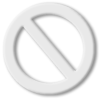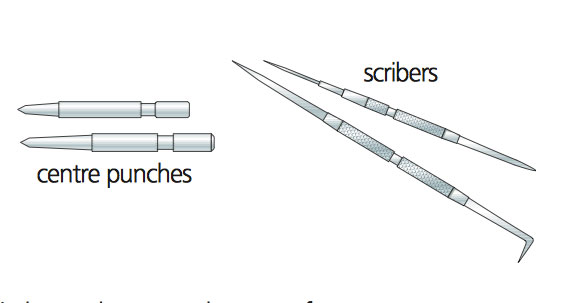We use cookies to improve and analyse your browsing experience on our web. You can accept these cookies, reject them or choose your settings by clicking on the corresponding buttons. Please note that rejecting cookies may affect your browsing experience. For more information you can consult our Cookies policy.
Cookies are an essential part of how our web works. The main goal of cookies is to make your browsing experience more comfortable and efficient and to improve our services and the web itself.
Here you can find all the information about the cookies we use and you can activate and/or deactivate them according to your preferences, except for those cookies that are strictly necessary for the operation of the web. Blocking some cookies may affect your experience on the web and how the site works. For more information you can visit our Cookie Policy.
These Cookies are necessary for the web to function and cannot be disabled on our systems. They are generally only set up in response to actions you may take such as requesting services, setting your privacy preferences, logging in or completing forms. You can set your browser to block or warn you about these cookies, but some parts of the web will not work. Information about Cookies.
These Cookies allow us to count the number of visits and traffic sources so that we can measure and improve the performance of our site. They help us to find out which pages are the most popular and least popular, and to see how visitors move around the web. All information collected by these Cookies is aggregated and therefore anonymous. If you do not allow these Cookies we will not know when you visited our web. Information about Cookies.
These cookies are used to analyse your activity in order to show you personalised advertisements. Information about Cookies.
Change theme

Revision mode


We use hand and power tools for these techniques. We will look at marking, cutting, drilling, shaping and finishing.
The centre punch is used to mark lines and the scriber to mark points on sheets of metal.
How to mark a piece of metal:


| Cutter | Guillotine | Punch press and die | Hacksaw |
Used to cut soft, flexible, thin sheets of metal. It can cut in straight, angled or curved lines.
 |
Used to cut thin sheets of metal.
 |
Used to cut sheets of 5 mm or thinner. It is used to cut simple pieces to the required shape by bringing the press down against the die.  |
This has an arc-shaped metal frame, a plastic or metal handle and nuts or wing nuts that hold the blade in place. It's used to cut metal in straight, accurate lines.  |
| Power tools for cutting | |
| Circular saw | Grinder |
|
Used to cut large metal sheets. It can cut along straight or sloping lines.  |
This has a circular disc that can be used for many things. This tool can be used for cutting, sanding, polishing, planing, removing rough edges, etc. We use different types of discs depending on what we want to do.  |
A router does a lot of the cutting, drilling and cleaning jobs we have studied. A router turns very quickly and shaves off material so we get an excellent finish. Depending on the bit we use, we can make grooves, cuts, teeth and many other shapes.

| Awl | Drill |
|
A long piece of metal with a  |
Used to make holes with drill bits.  |
| Chisel | Lathe |
|
This tool has a double-sided sharp edge. It's used to shape metal by hitting the handle with a hammer and holding it at a 5º angle.  |
This power tool is used to shape cylindrical objects. It works by turning the object while a blade moves along the length of the object removing the metal.  |

This is a small metal, triangular blade with sharp edges. It's used to shave small fragments.
| Sander | Grinder |
|
The motor moves the sandpaper, which is made from abrasive material, backwards and forwards rapidly. Sanding is quick and even.  |
This tool removes material to perfect surfaces. It is very precise and can remove as little as a hundreth of a milimeter of material.  |

Activity 23
What do you use the tools in the photo for?
Activity 24
As you study the different equipment and tools, make a list of the ones you will need to use in order to make your aluminium flower.

